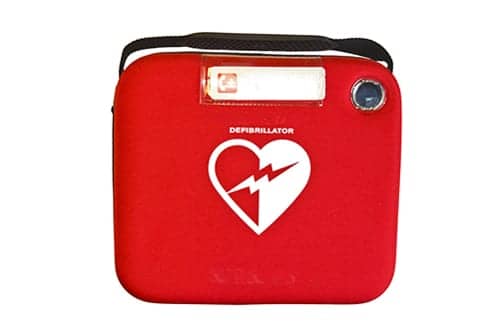Automatic external defibrillators (AEDs) fail to save lives when the public does not have basic life support education, according to research presented at ESC Congress 2016.
The study found that public access defibrillation (PAD) programs are unevenly deployed across France, with an obvious impact on out-of-hospital cardiac arrest (OHCA) survival rate.
“The survival rate of OHCA remains extremely low,” said Dr Nicole Karam, an interventional cardiologist at the European Hospital Georges Pompidou in Paris, France, on behalf of the Paris Sudden Death Expertise Centre led by Professor Xavier Jouven.
The researchers found huge discrepancies in PAD development across districts. The proportion of educated persons varied from 6,955 to 36,636 per 100,000 inhabitants, while the density of AEDs varied from five to 3,399 per 100,000 inhabitants/1000 km2. Overall, only 35.3% of districts developed a significant program, defined by the authors as both AED density and educational rate above the median (more than 22 AEDs per 100,000 inhabitants/1000 km2 and more than 13,866 educated persons per 100,000 inhabitants).
Defibrillators Could Save Many More Lives if Tied to Basic Life Support Education










